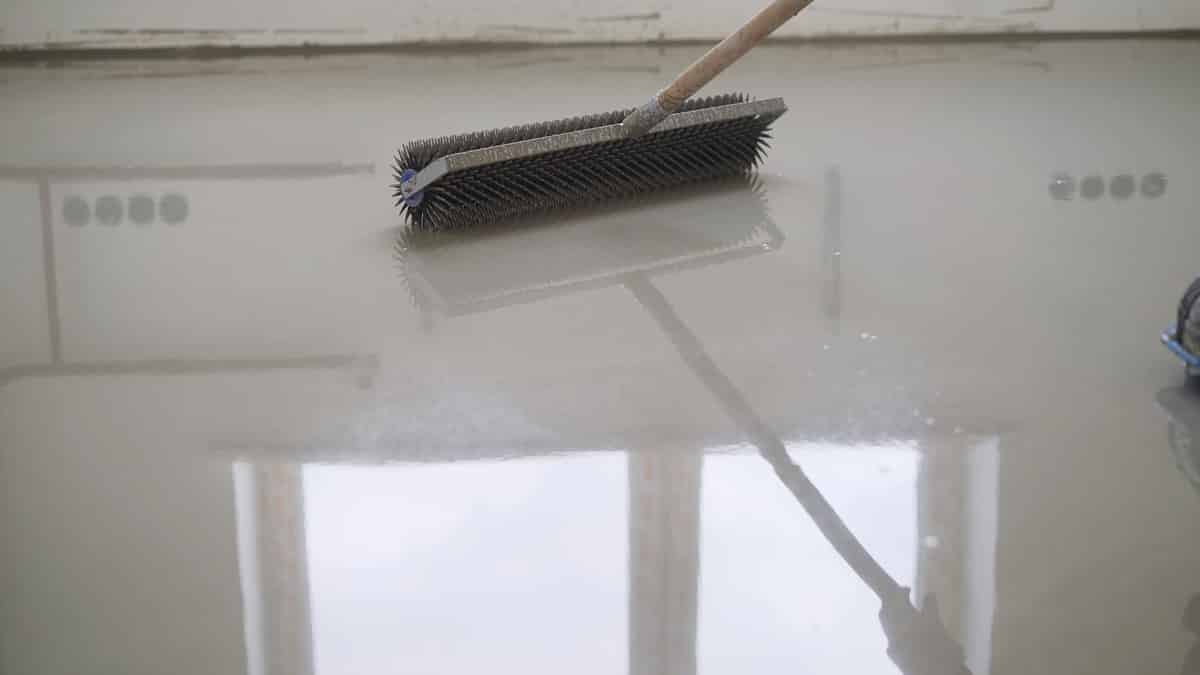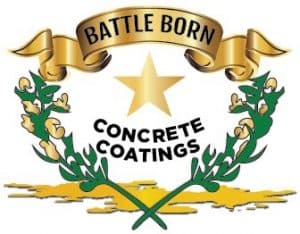There are many types of concrete coatings available on the market today, from traditional epoxy to more advanced materials like polyurea coatings and polyaspartic coatings. Many homeowners may not be aware of the differences between traditional epoxies and these kinds of concrete coatings, especially polyaspartics. Let’s take a look at the differences below.
There are many advantages to using polyaspartic coatings, with the main one being that it is incredibly strong, resilient, and long-lasting. Polyaspartic coating is nearly four times stronger and more durable than epoxy flooring! Not only that, but polyaspartic floorings are able to penetrate deep into the concrete, bonding the layers together in one, solid concrete coating that is resistant to peeling and flaking.
Polyaspartic coating penetrates concrete by ⅛ of an inch, compared to other coatings which rest on the top of the surface. Polyaspartic coating also cures five times faster than epoxy. Polyaspartic coatings are also UV resistant, and are non-yellowing, meaning they do not fade or peel with sun exposure. Another benefit to polyaspartics is that they do not emit any volatile organic compounds once cured. These coatings are also stain resistant and easy to clean!
As you can see, Polyaspartic coating is a better choice than traditional epoxies. Its resistance and durability make it a great option for longevity, resilience, and value. We hope you find this information useful as you plan your next project!



